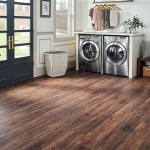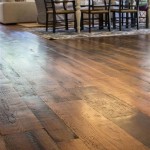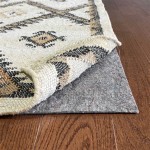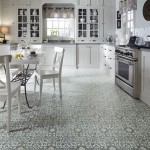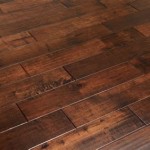Vinyl flooring is becoming increasingly popular among homeowners who are looking to upgrade their kitchen. With a wide variety of styles, colors, and textures available, vinyl flooring can add a touch of class to any room. But before you install vinyl flooring in your kitchen, it is important to understand the benefits, installation, and maintenance requirements.
Benefits of Vinyl Flooring for the Kitchen
Vinyl flooring offers many benefits for the kitchen, including:
- Durability: Vinyl flooring is highly durable and can last up to 15 years. It is also resistant to scratches, dents, and stains.
- Cost-Effective: Vinyl flooring is a cost-effective option for the kitchen, as it is much cheaper than other flooring options such as hardwood or tile.
- Easy Maintenance: Vinyl flooring is easy to clean and maintain. Any dirt or spills can be easily wiped up and the floor can be swept or vacuumed regularly.
- Style Options: Vinyl flooring is available in a wide variety of styles and colors, so you can find one that fits your kitchen’s décor.
Installation of Vinyl Flooring in the Kitchen
Installing vinyl flooring in the kitchen is a relatively easy process. Here are the steps involved in the installation:
- Measure the area of the kitchen that you want to cover with vinyl flooring.
- Purchase the necessary amount of vinyl flooring material and supplies.
- Prepare the area by removing any existing flooring and cleaning the surface.
- Apply a layer of underlayment to the floor.
- Lay the vinyl flooring in the desired pattern.
- Trim and seal the edges of the vinyl flooring.
- Install the baseboards or other trim pieces.
Maintenance of Vinyl Flooring in the Kitchen
Vinyl flooring requires very little maintenance. Here are some tips for keeping your vinyl flooring looking great in the kitchen:
- Sweep or vacuum the floor regularly to remove dirt and debris.
- Clean the floor with a mild soap and water solution.
- Use doormats at entrances to prevent dirt and debris from being tracked onto the vinyl floor.
- Place felt pads on furniture to prevent scratching.
- Avoid using abrasive cleaners, as these can damage the vinyl floor.
- Do not use a wet mop, as this can damage the vinyl flooring.
Conclusion
Vinyl flooring is a great option for the kitchen. It is durable, cost-effective, easy to install, and requires little maintenance. With its wide variety of styles and colors, you can easily find a vinyl flooring option that fits your kitchen’s décor. Make sure to follow the steps for installation and maintenance properly to ensure that your vinyl flooring lasts for years to come.















Related Posts


